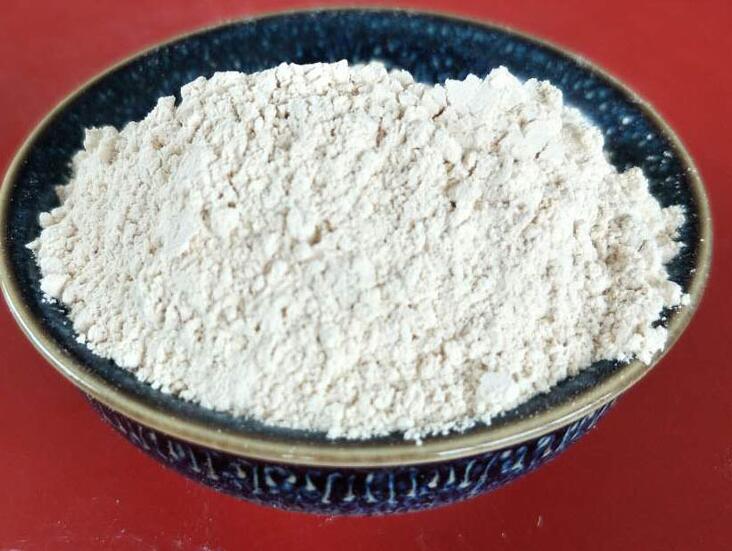Study on the Effect of Impure Ions in Light-burned Ammonia Evaporation on Magnesium Hydroxide Crystals

As an important inorganic compound, the crystal morphology and particle size of magnesium hydroxide have a significant impact on the application performance. This study focuses on the influence of different impurity ions in light-burned powdered ammonia solution on the crystal properties of magnesium hydroxide, in order to optimize the preparation process and improve product quality.
Research object
Cations: NH₄⁺ (ammonium ion), Ca²⁺ (calcium ion)
Anions: SO₄²⁻ (sulfate ion)
Main conclusion
Cation effect: NH₄⁺ and Ca²⁺ have little effect on the performance of magnesium hydroxide.
Anion effect: SO₄²⁻ has a significant effect on the morphology and particle size of magnesium hydroxide.
Methods for removing impurities
Use BaCl₂ (barium chloride) to remove SO₄²⁻ and reduce its adverse effects on crystal growth.
Product characterization
SEM (scanning electron microscope): observe the morphology of magnesium hydroxide.
XRD (X-ray diffraction): determine the crystal structure of magnesium hydroxide.
Laser particle size analyzer: measure particle size distribution.
Comparative study
Comparison of magnesium hydroxide products without desulfurization, after desulfurization and using pure magnesium chloride.
Sulfate ions (SO₄²⁻) have a significant effect on the crystal morphology and particle size of magnesium hydroxide, while ammonium ions (NH₄⁺) and calcium ions (Ca²⁺) have less effect. In the preparation of magnesium hydroxide, it is crucial to control the sulfate ion content, and appropriate purification steps can ensure the quality of the final product.








